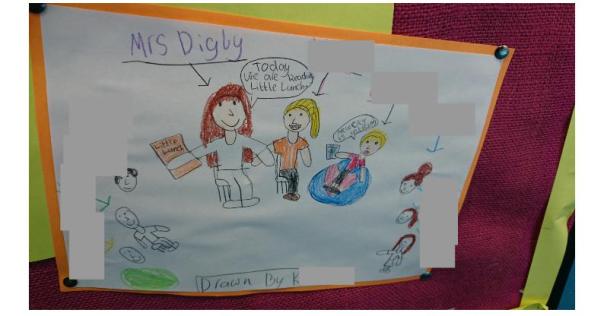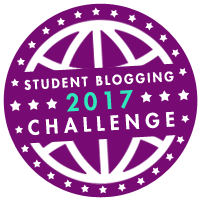Blog Archives
Picturing Poetry
Today I’m sharing the successful lesson of a colleague! Our Grade 3-6 teacher wanted to do some poetry as part of her Literacy block. Like many Literacy/English teachers she felt a little overwhelmed about where to start and, since we have planning time together, we often work through ideas and so we put our heads together on this.
I expressed my concern about how teachers usually jump in to getting students to write poetry without actually teaching them any of the structure and features (admitting that I am a Literature snob!). Haiku, limericks and acrostics seem easy because they are structured but what about the imagery and vocabulary that form the foundation? She expressed her concern about not having confidence in her ability to interpret poetry and doubts about whether this age group would cope.
We checked out a few of my favourites, which I selected because of the figurative language and imagery. We came up with a plan to break them down stanza by stanza (introducing metalanguage). Students would identify parts of speech with particular focus on nouns and adjectives. They would then draw pictures using these words to prompt their imaginations and write a short explanation, in plain English, to tell the story.
So, effectively we were asking grade 5 and 6 students to analyse poetry that I would normally give to my year 11 VCE students.
Today she shared a couple of pieces of work from the grade 5s … and I was blown away! Using the poem “The Sleepout” by Les Murray her students totally proved that if you set high expectations students will do their best to achieve them.

What I like about this is that the student ‘gets’ the blurring between reality and imagination … notice how the walls dissolve and become part of the forest?
* * *
How do you tackle poetry in your Literacy/English sessions?
Chatterbooks
This year I have moved back to teaching in a P-12 environment. I love this environment: I love having the full continuum from prep to year 12, it gives a teacher the opportunity to see the child develop as a learner through to adulthood.
One of the other things I love about this environment is the opportunity it offers for cross-age activities.
This year as one of our Professional Development goals the Grade 3-6 teacher and I decided we wanted to do something about encouraging a love of reading in our students. I have a small group of year 9s for English and so Mrs R and I hatched a plan to have the year 9s lead Literature Circles in for the grade 3-6s.
Our goal was simple: have fun reading books!
So, once a week the year 9s lead a small group of grade 3-6s. They take turns reading round the circle. Then they talk about this book using a variety of questioning tools. They also have a time to talk about all / any books they are reading. Then we do an activity – sometimes we drew pictures and put them in story order, we made chatterboxes and wrote open-ended questions to help us when reading, we made posters to advertise “Chatterbooks” sessions. The senior students shared their feelings, thoughts and memories about the books (they had read them in Literature Circles when they were in primary school). They were also able to make connections about the books now they were older.
This week, as part of the end of term wrap up, we asked the students to create a top 10 of the best things about “Chatterbooks”. It was great to hear the younger and older students tell us things like:
- they enjoyed “learning how to work together”,
- the younger students liked to “hear the high schoolers read because it shows us how to put expression into our reading”.
- the older students liked “having the opportunity to get to know the younger students better”.
Most of all it was a sign of success when they told us that they had “fun talking about the books”.
It’s not a revolutionary activity … it’s not even a new activity! But sometimes the oldies are goodies, and this one is worth keeping. “Chatterbooks” sessions will continue next term.
One of the grade 3-6ers drew a picture of her group at work …




